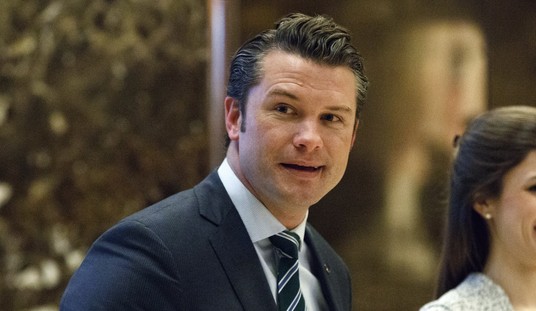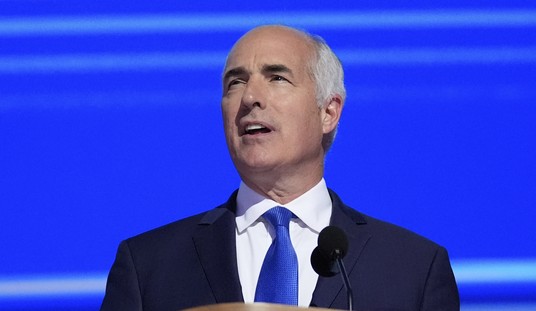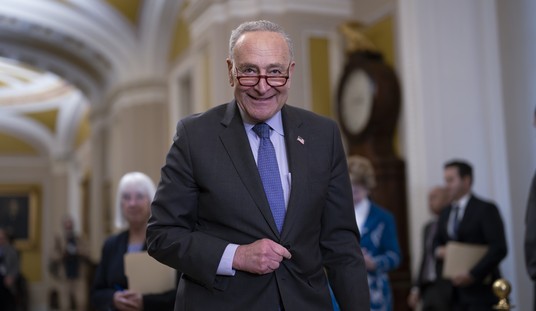No, that wasn't his desired share of the vote in the Iowa caucus, where he got less than 3 percent. It's his goal for annual economic growth, which he argues would "restore the opportunity for every American to rise and achieve earned success."
When Bush said last June, "There is not a reason in the world why we cannot grow at a rate of 4 percent a year," a chorus of critics said, actually, there are several reasons we cannot. They have a point in terms of how much additional growth we could attain. But Bush has a better point about the value of raising it.
Four percent annual growth in gross domestic product, adjusted for inflation, used to be common. In the 1990s, the economy managed it in five out of 10 years and came close in two others. But we haven't done it once in this century. Over the past decade, the average rate has been 2.2 percent.
The consequences of this decline are uniformly awful. It's a big reason the number of people with jobs has risen so slowly. It's a big reason wages have been stagnant. It's a big reason the federal debt has grown so rapidly. It's a big reason ... well, think of a problem, and slow growth has probably made it worse. More bad news: The Congressional Budget Office expects real GDP to expand at an average of only about 2 percent over the next decade.
Hoover Institution economist John Cochrane thinks this issue is of paramount importance. "Once you start thinking about growth," he says, "you have trouble thinking about anything else."
Recommended
In 1950, GDP per person in the United States, in today's dollars, was about $14,000. Today, it's around $51,000. We moved from relative poverty to relative wealth through the magic of compounded economic growth.
In that process, seemingly small changes can make a big difference. If we were to grow at an annual rate of 3.5 percent instead of 2.2 percent (CBO's long-run projection), Cochrane says, our annual real GDP (and federal revenues) in 2040 would be 38 percent greater than with the slower growth.
The benefits of faster growth are hard to exaggerate. For the average American worker, the greatest wage gains in memory came in the 1990s, when the economy was at full speed. Unemployment fell below 4 percent, the proportion of people in the labor force set a record, and personal earnings rose -- even as corporate profits climbed.
The number of people getting food stamps plunged. The federal budget deficit became a surplus. The African-American unemployment rate shrank to the lowest on record.
A slowdown has the opposite effects. Much of the angry mood evident among voters who flock to Donald Trump, Ted Cruz and Bernie Sanders comes from our chronically dismal economic performance.
But the subject of boosting growth has been mostly ignored in the campaign. Bush has talked about it sparingly. His GOP rivals have spent most of their time on terrorism and immigration. Sanders and Hillary Clinton would rather talk about redistributing income than enlarging the amount distributed.
They should grasp that there is no better way to help workers than the tight labor markets seen in a humming economy. There is no better way to afford government programs for the need than a larger economy. Conservatives should know it's easier to shrink government spending as a share of GDP by increasing GDP than by cutting outlays. And nothing else does so much to reduce dependence on government aid.
How to speed up growth is not a simple question. Cochrane, like most other economists, thinks a simpler tax code with lower rates would help. So would regulatory reform to foster clear rules and quick government decisions. Easing state licensing rules for various occupations, ditto.
There is no universal agreement on how to stimulate more rapid economic expansion in a lasting way. But there should be unanimity on the value of doing so. The first step in boosting growth is for politicians to give it the priority it deserves.
Faster growth, granted, is no panacea ... No, correct that: Faster growth is a panacea.
COPYRIGHT 2016 CREATORS.COM
























Join the conversation as a VIP Member